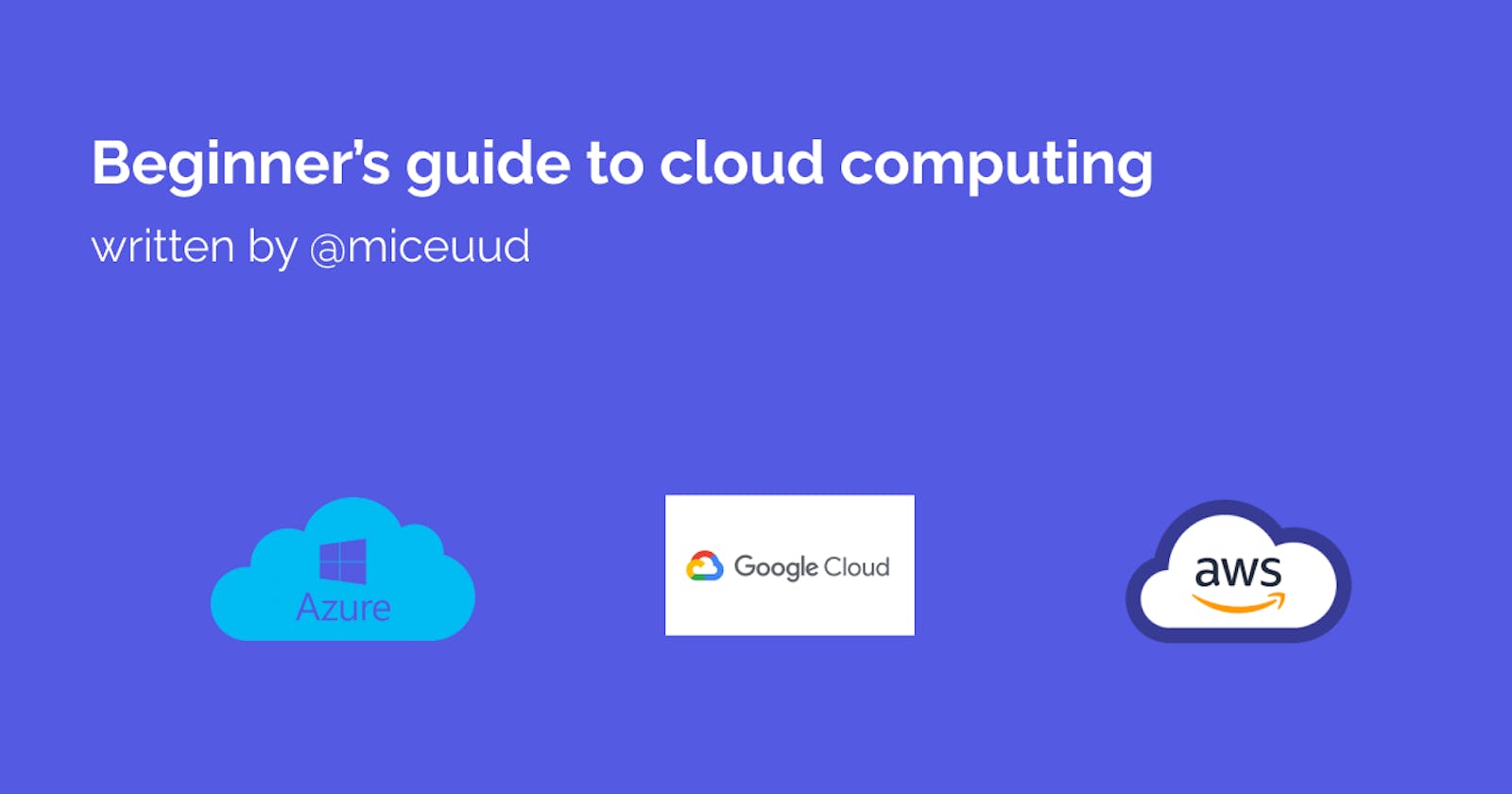Cloud computing is simply the on-demand delivery of computing resources over the internet with a pay-as-you-go pricing model. This means, with few clicks; you spin up any resources you need with the required capacity, and you only pay for what you use.
These computing resources can be networking, storage, security, intelligence, analytics, compute, and database hosted at a remote datacenter owned and managed by a third party company called Cloud service provider(CSP).
Types of Cloud Model
Public Cloud
This refers to computing resources owned and managed by a CSP. You access these resources through the internet via a web browser console or command-line interface(CLI).
Private Cloud
Organizations host resources on-premise in a datacenter for their private use only. The organization manages and maintains the infrastructure. This type of cloud is also used when compliance with government regulatory laws is essential.
Hybrid Cloud
This is a combination of public and private clouds. Resources are shared between both cloud types.
Types of Cloud Services
Infrastructure as a Service (IaaS)
This is the most basic form of cloud service. The CSP provides you with access to compute, networking, storage, and database on a pay-as-you-go basis. IaaS gives you flexibility and control over these resources.
Platform as a Service (PaaS)
PaaS allows you to focus on deploying and managing your applications. This way you become more efficient, without focusing on resource maintenance and provisioning. The CSP manages and maintains all underlying resources(hardware and operating system).
Software as a Service (SaaS)
SaaS delivers software products over the internet. The CSP is responsible for managing and maintaining the software. You are only responsible for the usage and your data. SaaS is mostly referred to as an end-user application
Some keys benefits of cloud computing over traditional on-premise IT Infrastructure
- Cost - capital expenses on hardware, software, and datacenter are eliminated.
- Scalability - you can scale resources up or down just with few clicks.
- Elasticity - start with what you need and scale when demand increases.
- Security - enjoy a broad range of security technologies to protect your data and application.
- Global reach - CSP's own massive infrastructure deployed around the globe, you can reach your users globally in minutes.
Cloud Service Providers
Popular cloud service providers commonly used are:
Conclusion
Thank you for reading, I hope you learned a lot from this article.
Let's connect on Twitter.
Enjoy 🎉
